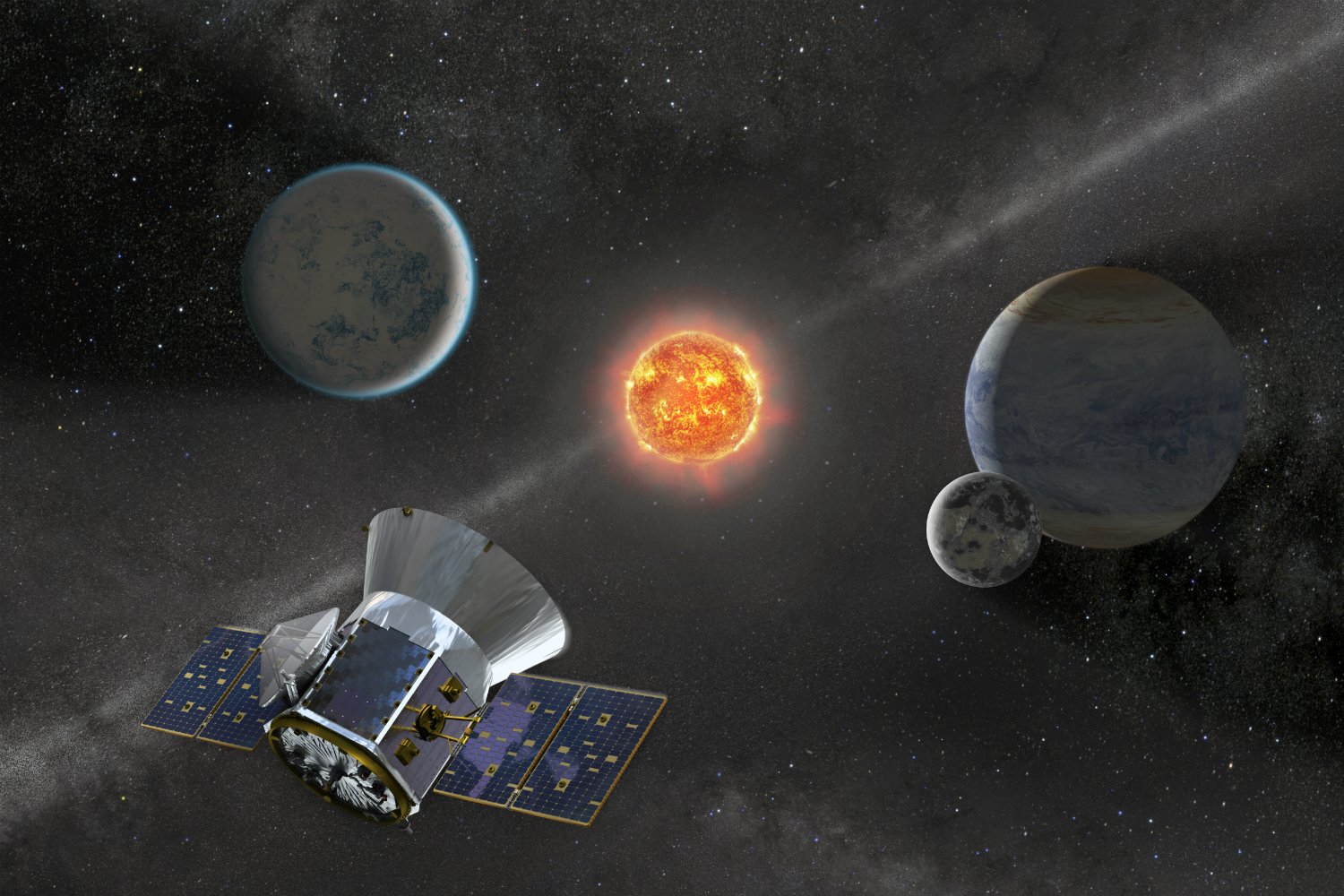Volcanic Exoplanet Discovered By Canadian Astronomers
Photo Credit: NASA
A new exoplanet, a planet beyond our solar system, has been discovered by Canadian astronomers. Quite similar to Earth in many ways, it is known as LP 791-18d, and is located 90 light years away. This distance would take humans over 3 million years to travel, so it is highly unlikely that humans would ever reach the planet.
“We were super excited about this,” said Björn Benneke, the head of the astronomy division of the department of physics at the University of Montreal, in an interview with CTV News. LP 791-18d has the features that astronomers look for in habitable planets. It is on the edge of the habitable zone, which is the area surrounding stars where liquid water can exist on a planet. The exoplanet has a temperature just a little warmer than Earth’s, with a similar atmosphere.
Atmospheres are crucial for life to survive. They protect life forms from harmful radiation that alters and damages them, while also containing breathable air and traps heat. If an atmosphere is too thin, then the planet becomes too cold and radiation is much stronger. A thick atmosphere would mean that the planet would be hotter.
One of the key features of LP 791-81d is its volcanic activity. Atmospheres can weaken over time, but volcanic eruptions can replenish the atmosphere. LP 791-81d is theorized to be covered in volcanoes. Astronomers have nicknamed the exoplanet Reykjavík, which is the capital of Iceland, since they imagine the landscapes to be similar.
Photo Credit: Chris Smith/NASA’s Goddard Space Flight Center
“For the first time, we have an exoplanet with a very strong indication that there is volcanic activity,” Benneke said. Astronomers believe this is because of the orbit of LP 791-81d. It orbits a red dwarf, but close by is another exoplanet, which is double Earth’s size and seven times Earth’s mass. When the two exoplanets draw near while in orbit around their star, LP 791-81d’s orbit is altered due to the gravitational pull from the larger exoplanet. This gives LP 791-81d’s orbit an ellipse shape. These pulls deform the planet, creating internal friction and heating the exoplanet's core. The heat then vents through the surface in volcanic eruptions.
Researchers use data from exoplanets to learn more about the conditions that we think life requires, and the functions that have to occur for this to happen. They help humans understand how planets reach their current state, and how life evolved on Earth. They can also help scientists more clearly understand the Earth’s past.
LP 791-81d was discovered using the National Aeronautics and Space Administration’s (NASA) Transiting Exoplanet Survey Satellite, or TESS. TESS senses loss of light when planets pass in front of their stars. When the light is blocked periodically, they can use this data to detect exoplanets.
“Everyone thinks of NASA when they think of space science, but here you have Canadian researchers, a Canadian university,” Dan Riskin, CTV’s Science and Technology Specialist said. “And ultimately, it’s that James Webb telescope, which is partly Canadian, that’s going to have a closer look. So Canada has a lot to be proud about.”


